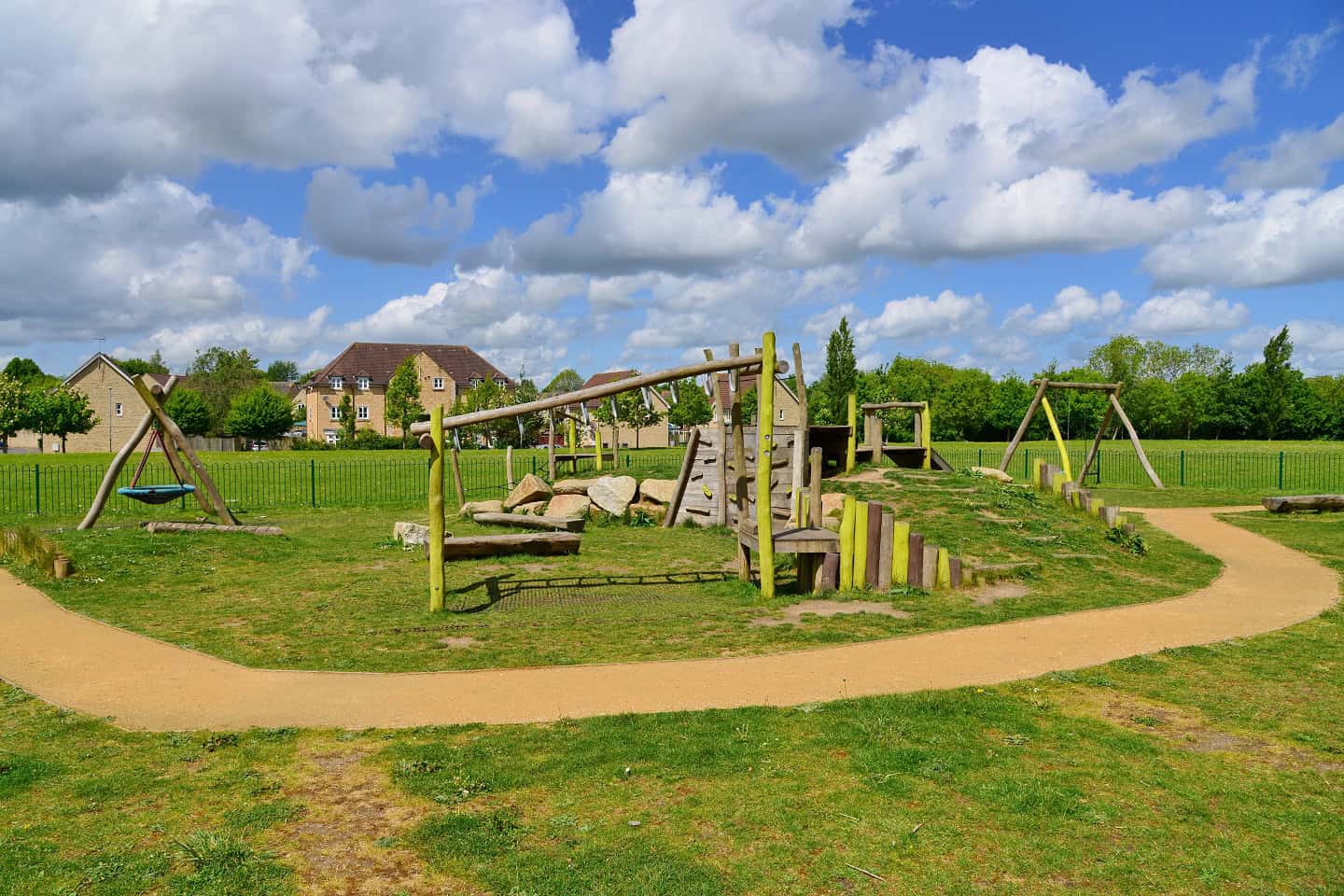
Playtime for Everyone
In 2015, The Sense charity undertook their Case for Play Public Inquiry into the provision of play opportunities for disabled children. Their research found that disabled children had a significant disadvantage and fewer opportunities to access play areas. Since then there has still been a clear of lack of new developments which promote accessibility. As we emerge from lockdown it is even more crucial that isolated disabled children have an equal opportunity to develop socially through accessible and inclusive playgrounds.
What is an Accessible Playground?
An accessible playground aims to offer a variety of equipment and challenge levels, to ensure that children of all abilities have access to the facilities to let loose and enjoy themselves with their family and friends. Many of us will have fond childhood memories of weekend trips to the local playground or late afternoons with friends after school. Sadly, the reality is often very different for children with a disability, many of whom are resigned to sideline-watching as a result of poor planning and the fact that accessibility and inclusiveness is rarely at the forefront of developers’ thoughts. Contrary to many people’s belief, small changes really do go a long way and you do not need a bottomless budget to ensure your playground is accessible to those with and without disabilities.
What is an Inclusive Playground?
Some may wonder, what is the difference between an accessible playground and an inclusive playground and are they not mutually inclusive? Whilst playground equipment which ensures playgrounds are accessible are fantastic, some accessible playgrounds may not be inclusive. An inclusive playground will allow children of all abilities to develop and play together and not segregate children at an early age. Some accessible playgrounds are built specifically towards disabled children only and this can often lead to children being grouped together which prevents the playground from becoming a nurturing environment for all children.
Often accessible playgrounds can focus on wheelchair users which is wonderful but overlooks the potential range of disabilities out there and but does not create a truly inclusive playground. For example, children with autism may sometimes find social interactions overwhelming and will need a quiet and comfortable area to regroup. Fully accessible playground restrooms with hoists and changing benches are a good example of playground equipment which help promote inclusivity.
Importance of Accessible & Inclusive Playgrounds
Helps Children Socialise
Accessible playgrounds help children socialise at a young age, however, when you have an inaccessible playground many disabled children will be withdrawn from social situations with other children. Play is an essential component of childhood development for all children, inaccessible playgrounds stunt many children’s development. Children that use a wheelchair or have other disabilities need to play just like any other child. It is important designers acknowledge the value that children with disabilities gain through accessible and inclusive playgrounds.
Inclusive Play Encourages Tolerance
Inclusive playgrounds help teach children to value inclusivity and promotes equality at a young age, which has a long-lasting impact on local communities and creates a nurturing environment for all children. Whether a child requires use of a wheelchair, needs walking assistance, or just requires a quiet and comfortable place to relax, they all deserve a place to play and to be seen as equal members of society.
Promote Active Play Within Communities
Exercise and active development is crucial for any child and can help improve hand-eye coordination, physical strength and balance for children who may have weaknesses in these areas due to a spinal cord injury for example.
Some disabled children will require more specific equipment to help them exercise which is simply not available at home or school, either due to the cost of purchasing such equipment or the space required to store it. Accessible and inclusive playgrounds can give children an opportunity to access equipment that will help them exercise in a fun way! Such places can quickly become integral pillars of their community as they bring children together and provide every child the opportunity to stay active and feed into better habits in later life.
Develops Relationships
Accessible and inclusive playgrounds do not have to be limited to helping disabled children only. Many parents with disabilities find it difficult to engage in many childhood activities with their children due to inaccessibility. Accessible playgrounds not only help nurture relationships between able-bodied and disabled children, but also help disabled parents bond with their children at the playground and form those crucial memories with their child.
How to make a Playground Accessible and Inclusive
Planning is key to making a playground both accessible and inclusive; paths must be able to facilitate children and adults who use wheelchairs or other mobility devices; all equipment should be accessible to children of all abilities, including those with hidden disabilities such as autism. All the equipment that children love such as swings, roundabouts, seesaws, ramps and slides should be part of any accessible and inclusive playground. It can be done. A fantastic example of a playground that is both accessible and inclusive is The Playpark Exeter.
Also, it also shouldn’t stop there. Whilst traditional playground equipment should be available I would hope that in the future we start to see more ‘out the box’ ideas for accessible and inclusive playgrounds. Encouraging future designers to think about accessibility is one of the main drivers behind our Design the Change competition.
Conclusion
All children crave climbing, playing, sliding, swinging and hanging out with their friends. Having a disability doesn’t take these needs away but it can make fulfilling these needs challenging! Accessible and inclusive playgrounds help children to be children. However it is even more important that than. They also ensure that every child gets to be a child in an environment that helps promote inclusivity and encourages tolerance so no child is left out and inclusion replaces exclusion. That is something that we should all be striving for.










